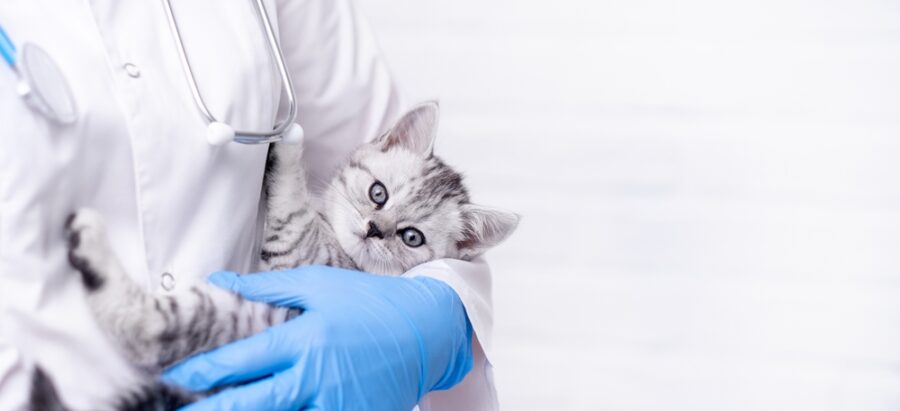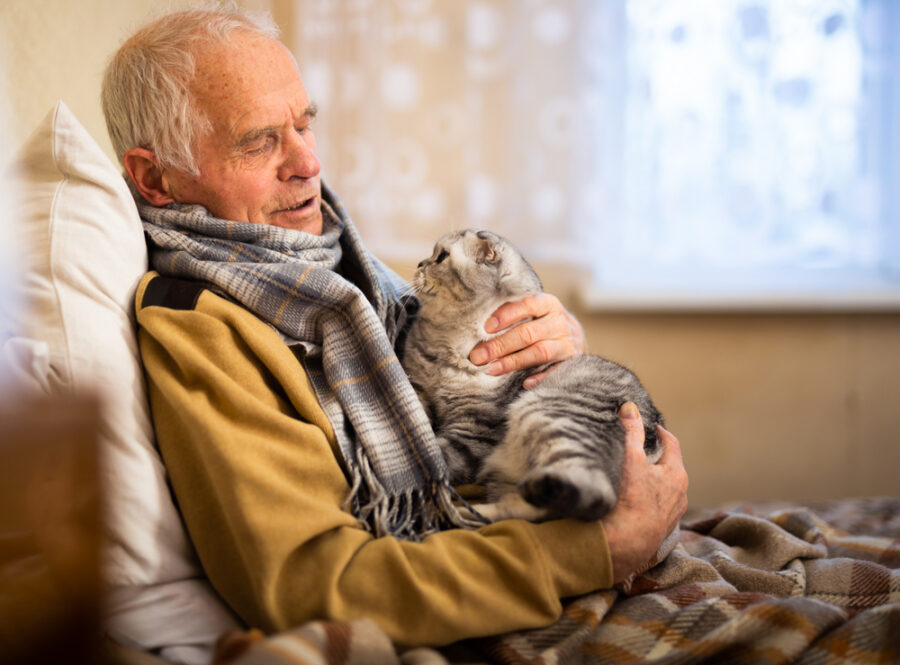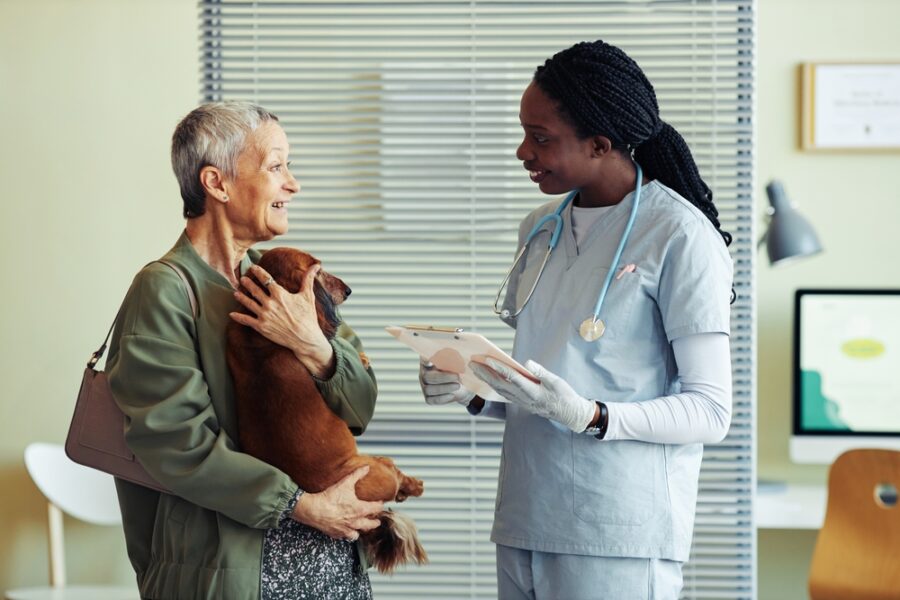After-hours services can prove to be a stressful experience for the staff, but there are ways to mitigate potential problems.
The responsibility that accompanies after-hours veterinary care can take its toll on veterinary professionals. There are different aspects of after-hours veterinary services that ask veterinary practice employers to put arrangements in place to ensure the safety of their tireless staff.
Mental Health Toll of After-Hours Services
The provision of after-hours services involve financial considerations, reputation concerns, and the profound impact on mental health. The risks involved demand not just recognition but strategic redressal to sustain the success of veterinary practices.
Mental health issues are a common occurrence in veterinary settings. The unyielding demand to be on call 24/7 can emerge as a significant contributor to the strain faced by the veterinary workforce.
A resounding number of veterinarians express a desire to trim down or altogether eliminate their on-call duties. The dissatisfaction grows with remuneration often not proving commensurate to the demands of after-hours work. Many studies focusing on veterinary work unveil the consistent ranking of on-call duties as one of the least gratifying aspects of veterinary service.
What Can Veterinary Practices Do?
Veterinary practices can implement the following non-exhaustive list of risk management measures for their team members responding to after-hours calls.
- Utilize personal duress alarms, both within the clinic premises and while commuting to or from after-hours calls.
- Install a clinic security alarm system that incorporates duress alarms attended to by law enforcement.
- Deploy security cameras strategically throughout the building, equipped with remote access capabilities for attending staff to survey the facility and its surroundings before reaching the practice.
- Engage an external triage service or have an in-house nurse assess calls to determine the necessity of attending to patients during after hours, evaluating the risk for the staff.
- Schedule a nurse to be on after-hours duty alongside the veterinarian, with the flexibility for the nurse to be called upon to accompany the vet if deemed necessary.
- Establish a standard practice of having a minimum of two individuals present in the building at all times, both during regular working hours and after hours.
- Implement a buddy check-in system where another staff member is assigned to be available for the vet to contact while en route to the practice for after-hours calls, as well as upon their return home.
- Ensure constant phone access to the practice owner or manager, irrespective of the time.
- Carry a phone at all times and, if concerned, promptly contact the police.
- Recognize the importance of appropriate remuneration for staff members who are rostered to be available for triage, support, and attendance during after-hours work.
In Conclusion
The quality of after-hours veterinary services depends on the staff who manage it. Making sure the staff is at ease while performing their duties will enhance the quality of services. The above-mentioned measures can help veterinary settings in improving their after-hours services.








